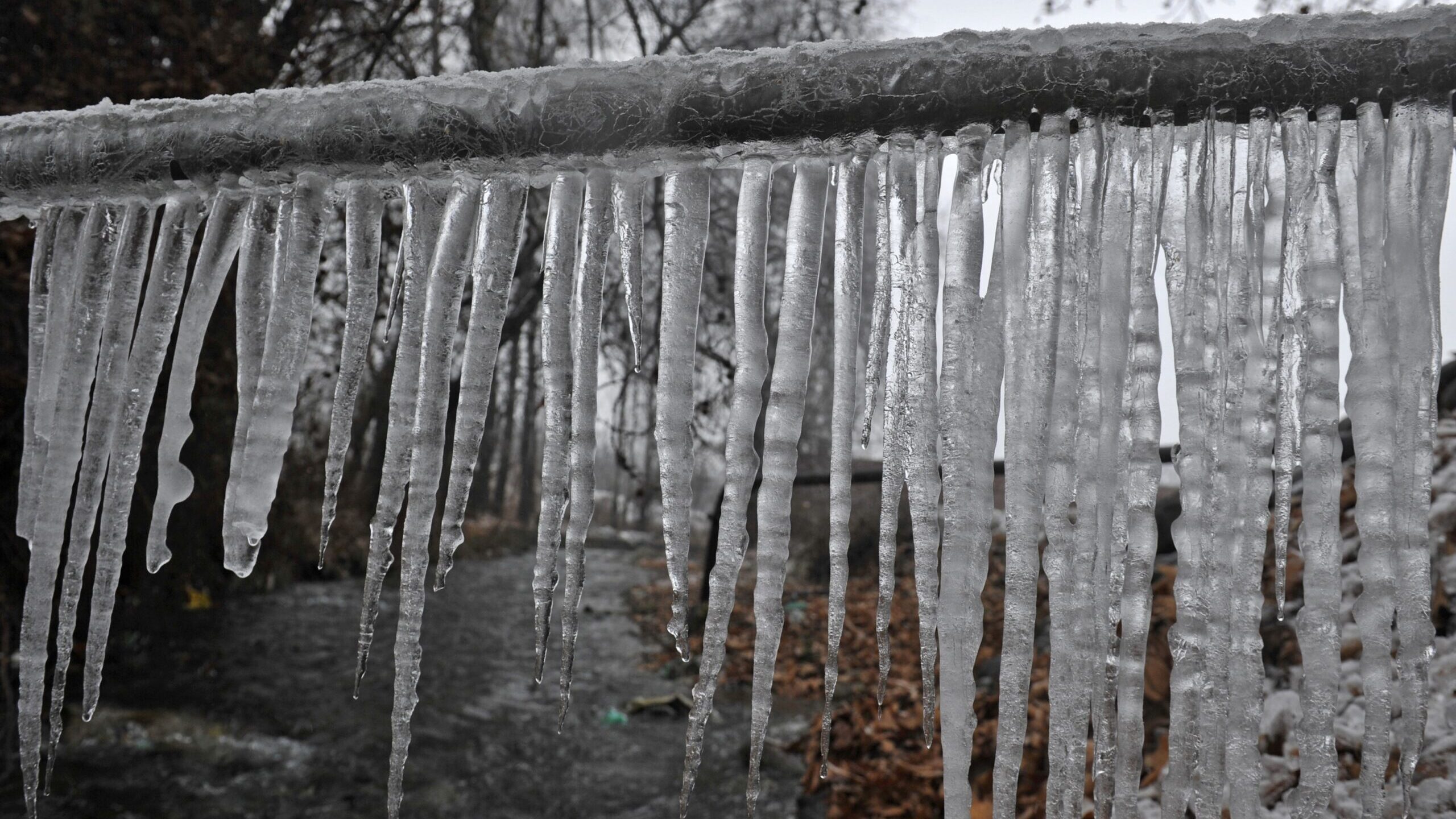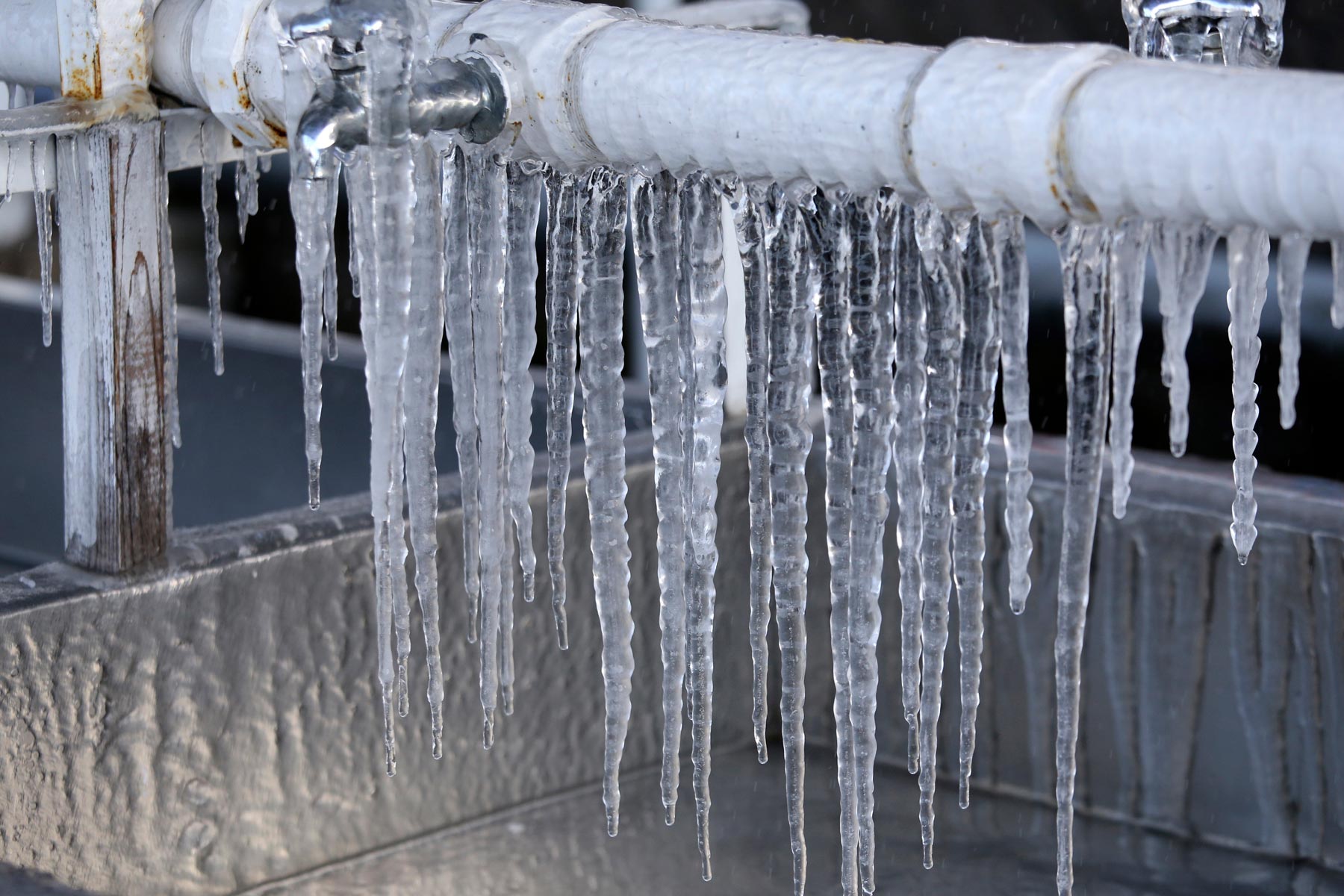Tips for Avoiding Frozen Plumbing in Cold Weather: Professional Advice
Tips for Avoiding Frozen Plumbing in Cold Weather: Professional Advice
Blog Article
How do you feel on the subject of 6 Ways to Prevent Frozen Pipes?

Winter can wreak havoc on your plumbing, specifically by freezing pipelines. Below's just how to stop it from occurring and what to do if it does.
Introduction
As temperature levels drop, the risk of icy pipes boosts, potentially leading to pricey repairs and water damage. Comprehending just how to stop icy pipelines is important for homeowners in chilly climates.
Prevention Tips
Shielding susceptible pipelines
Cover pipes in insulation sleeves or utilize warmth tape to protect them from freezing temperatures. Concentrate on pipelines in unheated or exterior areas of the home.
Heating methods
Maintain indoor rooms sufficiently heated up, specifically locations with pipes. Open up closet doors to permit cozy air to flow around pipelines under sinks.
Exactly how to determine frozen pipelines
Try to find lowered water flow from faucets, unusual smells or sounds from pipes, and noticeable frost on subjected pipes.
Long-Term Solutions
Architectural modifications
Take into consideration rerouting pipelines away from exterior walls or unheated locations. Include additional insulation to attics, cellars, and crawl spaces.
Updating insulation
Buy high-grade insulation for pipelines, attics, and wall surfaces. Appropriate insulation aids preserve constant temperatures and decreases the risk of frozen pipes.
Safeguarding Outdoor Plumbing
Garden pipes and outside faucets
Separate and drain yard hoses before winter. Set up frost-proof faucets or cover outdoor faucets with shielded caps.
Understanding Frozen Pipelines
What creates pipes to freeze?
Pipes ice up when revealed to temperatures below 32 ° F (0 ° C) for prolonged durations. As water inside the pipelines ices up, it increases, putting pressure on the pipe walls and potentially triggering them to rupture.
Dangers and problems
Icy pipelines can bring about supply of water interruptions, home damages, and pricey repair services. Ruptured pipes can flooding homes and create comprehensive structural damages.
Signs of Frozen Water Lines
Recognizing icy pipelines early can stop them from breaking.
What to Do If Your Pipes Freeze
Immediate actions to take
If you believe icy pipes, maintain taps open to soothe pressure as the ice melts. Make use of a hairdryer or towels soaked in warm water to thaw pipes slowly.
Conclusion
Stopping icy pipes needs proactive procedures and fast reactions. By understanding the reasons, indications, and safety nets, house owners can protect their pipes throughout cold weather.
5 Ways to Prevent Frozen Pipes
Drain Outdoor Faucets and Disconnect Hoses
First, close the shut-off valve that controls the flow of water in the pipe to your outdoor faucet. Then, head outside to disconnect and drain your hose and open the outdoor faucet to allow the water to completely drain out of the line. Turn off the faucet when done. Finally, head back to the shut-off valve and drain the remaining water inside the pipe into a bucket or container. Additionally, if you have a home irrigation system, you should consider hiring an expert to clear the system of water each year.
Insulate Pipes
One of the best and most cost-effective methods for preventing frozen water pipes is to wrap your pipes with insulation. This is especially important for areas in your home that aren’t exposed to heat, such as an attic. We suggest using foam sleeves, which can typically be found at your local hardware store.
Keep Heat Running at 65
Your pipes are located inside your walls, and the temperature there is much colder than the rest of the house. To prevent your pipes from freezing, The Insurance Information Institute suggests that you keep your home heated to at least 65 degrees, even when traveling. You may want to invest in smart devices that can keep an eye on the temperature in your home while you’re away.
Leave Water Dripping
Moving water — even a small trickle — can prevent ice from forming inside your pipes. When freezing temps are imminent, start a drip of water from all faucets that serve exposed pipes. Leaving a few faucets running will also help relieve pressure inside the pipes and help prevent a rupture if the water inside freezes.
Open Cupboard Doors
Warm your kitchen and bathroom pipes by opening cupboards and vanities. You should also leave your interior doors ajar to help warm air circulate evenly throughout your home.

I found that article about Helpful Tips to Prevent Frozen Pipes this Winter when doing a lookup on the search engines. You should take a moment to distribute this write-up if you appreciated it. We truly appreciate your readership.
Call Today Report this page